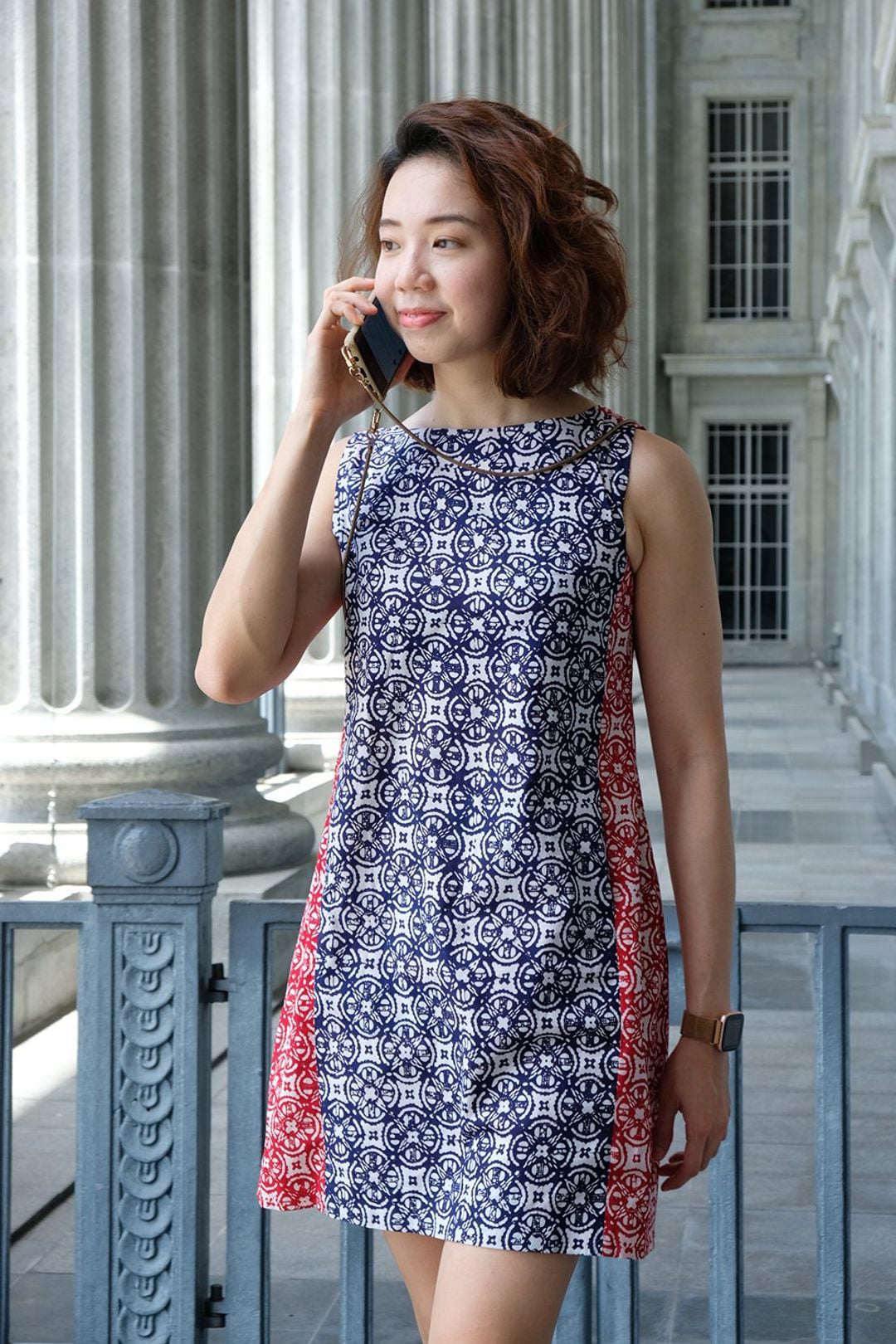
The Art of Batik: Understanding the Techniques Behind Batik Clothing
When it comes to travel, the perfect accessory is more than just a fashion statement—it’s a tool of convenience, a vessel of culture, and a marker of personal style. Batik America understands this fusion of function and fashion, offering a curated selection of travel accessories that elevate every journey. From uniquely patterned passport covers to versatile makeup pouches, Batik America seamlessly blends traditional Indonesian batik artistry with modern utility. Each piece tells a story, bringing a sense of connection and style to every traveler’s ensemble.